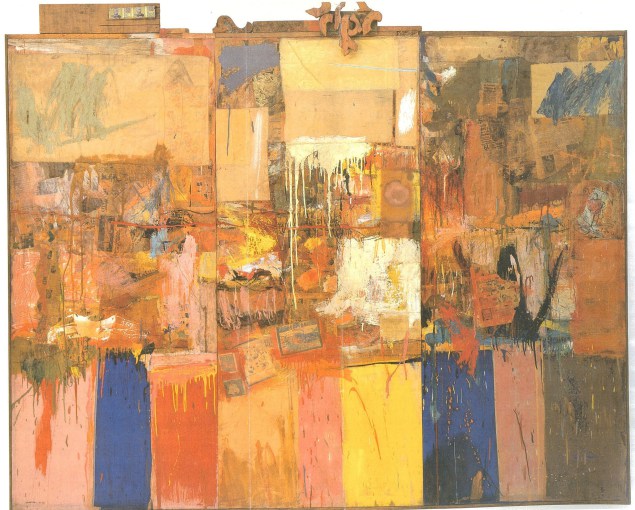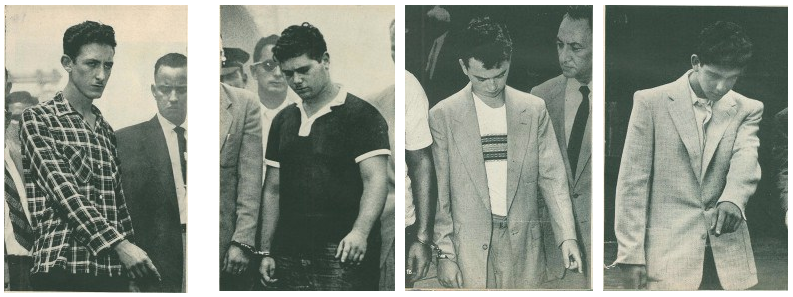Art World
Robert Rauschenberg Painting Helps Solve 1950s Murder


Sarah Cascone

An extended encounter with a 1950s-era Robert Rauschenberg combine set Andrew Scott Cooper on a mission to discover the truth of a sensational murder case supposedly committed by a sociopathic gang of Jewish teens who delighted in crime and violence and were suspected of being gay.
While examining Rauschenberg’s work in search of coded messages aimed at the closeted gay community, Cooper was asked to study the layered newspaper articles and photographs in Collection (1954–55). He began to suspect the work had a theme: the widespread arrest of homosexuals in major American cites, or “pink panic.” A scrap of newspaper dated August 22, 1954 stuck out, a day when the so-called Kill-for-Thrills gang made the front page.
The widely reported facts of the case claimed that the four boys savagely attacked and beat a black factory worker, then left him to drown. Though additional charges were not made against them, they were also accused of a second murder, as well as a slew of other violent crimes. As Cooper wrote in the Observer, he suspected there was more to it than that. The boys never testified in the trial, which was surrounded by hysteria.

The supposed killer teens: Jack Koslow, Melvin Mittman, Joseph Lieberman, and Robert Trachtenberg.
Sure enough, the coroner’s records told a different tale: there was no physical evidence of an assault, and the death certificate had be doctored, leading Cooper to believe the boys had been framed. He tracked down one of them, Melvin Mittman, to hear his side of the story. The boys, Mittman claimed, saw themselves as vigilantes, helping the police crack down on crime by encouraging bums to get off the streets.
One man they confronted fell and hit his head, dying from the injury, while the other slipped off a deck and drowned. The police, however, interrogated Mittman for hours, making numerous threats and eventually browbeating a confession out of him.
The truth uncovered, Cooper returned to Collection, where he found evidence that Rauschenberg had similar suspicions about the Kill-for-Thrills conviction: a largely hidden New York Herald Tribune front page reporting the boys’ confession. Left unobscured, however, from another headline, was a single word: “plot.”